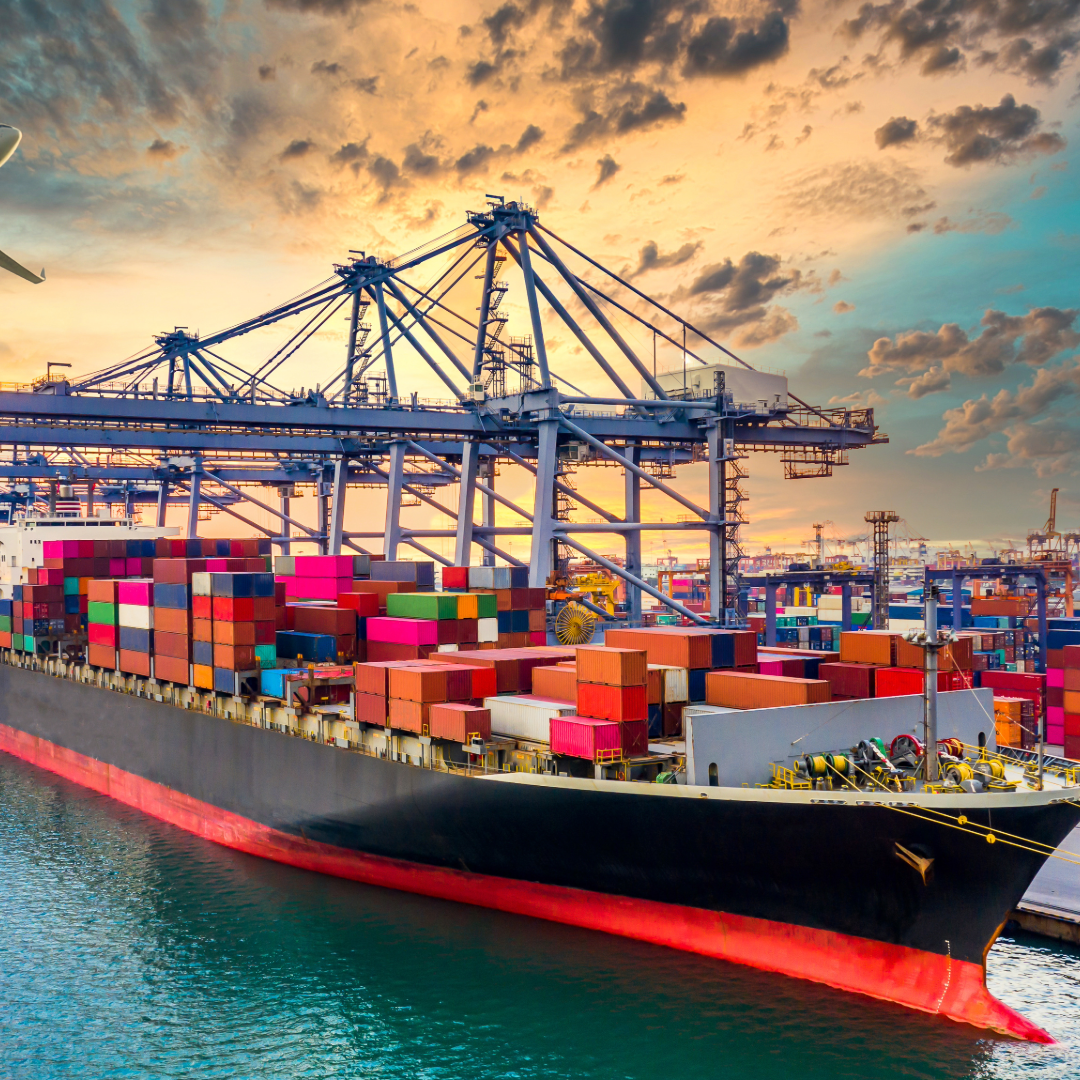
Hello, savvy shoppers and global market enthusiasts! 🛒🌍 Today, we’re diving into the intriguing world of retail goods in the global market. You might think the shelves are stocked and the carts are full, but there’s more going on behind the scenes than meets the eye. Let’s explore the gaps in the global retail landscape, with a focus on why some products fly off the shelves while others struggle to find their place. Ready to unpack this? Let’s go!
The Great Demand Mismatch: When What You Want Isn’t What You Get
Ever notice how sometimes you can’t find your favorite brand of cereal in one country, but it’s overflowing on the shelves in another? This is a classic example of the demand mismatch—a common gap in the global retail market. Companies often struggle to predict where demand will spike and where it will flatline, leading to an imbalance in product availability.


Human Insight: Imagine planning a party and buying 100 bottles of soda only to find out everyone prefers juice. That’s the global retail market in a nutshell. Companies sometimes overestimate demand in one region while underestimating it in another, leaving shelves stocked with products that don’t sell and others that are perpetually out of stock.
Solution: Advanced data analytics and AI are becoming the superheroes of demand forecasting. By analyzing buying patterns, companies can better predict where their products will be a hit, ensuring that customers get what they want, where they want it.
Distribution Dilemmas: The Long and Winding Road to the Shelf
Let’s talk about distribution
- Next up, let’s talk about distribution. Even when companies nail down demand, getting products from point A to point B is no walk in the park.
- Logistics can be a nightmare—think of it as a game of global hopscotch, with each hop representing a different hurdle like customs,
- Tariffs, or simply the challenge of crossing vast distances.

Human Insight: It’s like trying to deliver a pizza while navigating through a maze. By the time it reaches the customer, it might be cold, or worse, it might not reach them at all. The same goes for retail goods—if the distribution network is inefficient, the products either arrive late or don’t arrive at all.
Solution: Companies are investing in more efficient supply chain management and exploring local production options to reduce the distance goods need to travel. This not only speeds up delivery but also reduces costs and environmental impact.
Price Discrepancies: The Tale of Two Price Tags
Let’s face it, nothing irks a shopper more than realizing they’re paying double for the same product someone else bought for half the price in another country. Price discrepancies in the global market are a major gap, often driven by differences in taxes, tariffs, and even marketing strategies.

Human Insight: Imagine buying a pair of shoes online, only to find out your friend bought the exact same pair on a trip abroad for half the price. It feels unfair, right? These discrepancies can alienate customers and make them think twice before making a purchase.
Solution: To bridge this gap, companies need to adopt more transparent pricing strategies and consider global pricing models that take into account local economic conditions while remaining competitive.
Cultural Disconnect: Products That Just Don’t Translate
Cultural differences can be a significant barrier in the global retail market. A product that’s a hit in one country might be a flop in another simply because it doesn’t resonate with local tastes or values. This cultural disconnect can lead to wasted resources and missed opportunities.

Human Insight: It’s like trying to sell winter coats in the tropics—not exactly a smart move. Similarly, a product designed with one culture in mind may not appeal to consumers in another region. Understanding these nuances is crucial for global success.
Solution: Companies need to invest in market research and cultural intelligence to tailor their products and marketing strategies to local preferences. This might mean tweaking a product’s design, branding, or even its name to better align with the target market.
Sustainability Gap: When Eco-Friendly Isn’t Everywhere
Sustainability is increasingly important to consumers, but not all markets have caught up with this trend. The gap between demand for eco-friendly products in certain regions and their availability in others is a growing concern. Consumers in some parts of the world are still waiting for more sustainable options to hit the shelves.

Human Insight: Think of it as trying to buy organic produce at a gas station—sometimes, the options just aren’t there. This gap can be frustrating for eco-conscious consumers who want to make greener choices but find themselves limited by what’s available.
Solution: Global retailers need to prioritize sustainability across all markets, not just in regions where it’s already a trend. By making eco-friendly products more widely available, companies can tap into this growing demand and contribute to a more sustainable global market.
The Digital Divide: E-Commerce vs. Brick-and-Mortar
Lastly, let’s talk about the digital divide. In some parts of the world, e-commerce is booming, while in others, traditional brick-and-mortar stores still dominate. This gap can create inconsistencies in how consumers access and purchase products globally.
Human Insight: It’s like living in a world where half the population is shopping with a click, while the other half is still flipping through catalogues. This divide can limit market reach and create barriers for consumers who prefer one method over the other.
Solution: Companies should adopt an omnichannel approach, integrating both online and offline sales strategies to ensure they’re meeting customers where they are—whether that’s online, in-store, or somewhere in between.
The global retail market is a complex, ever-evolving landscape filled with both opportunities and challenges. By addressing these market gaps—be it through better demand forecasting, more efficient distribution, transparent pricing, cultural adaptation, sustainability, or bridging the digital divide—businesses can better serve their customers and thrive in the competitive global arena.

So, the next time you’re out shopping (or clicking through your favorite e-commerce site), remember there’s a lot more going on behind the scenes to get that product into your hands. And with continuous efforts to bridge these gaps, the global market is only going to get better and more aligned with what consumers really want. Happy shopping!
Thank you